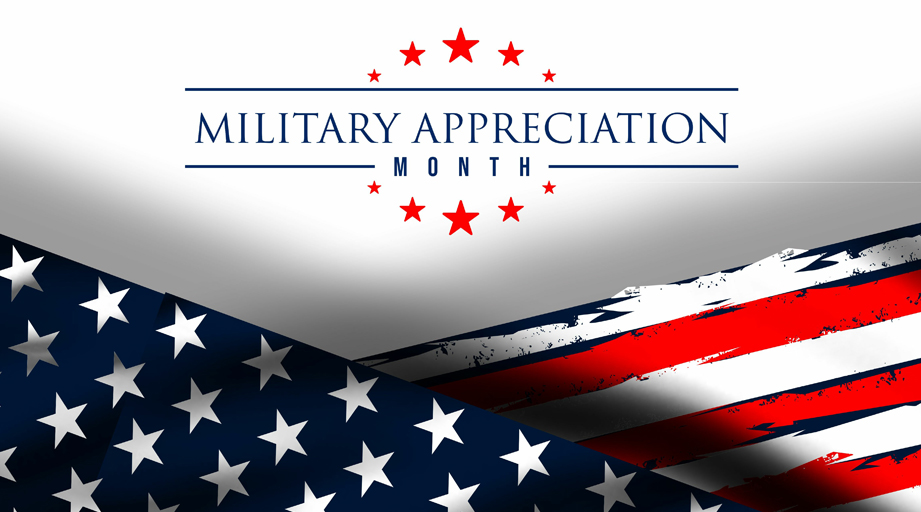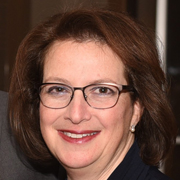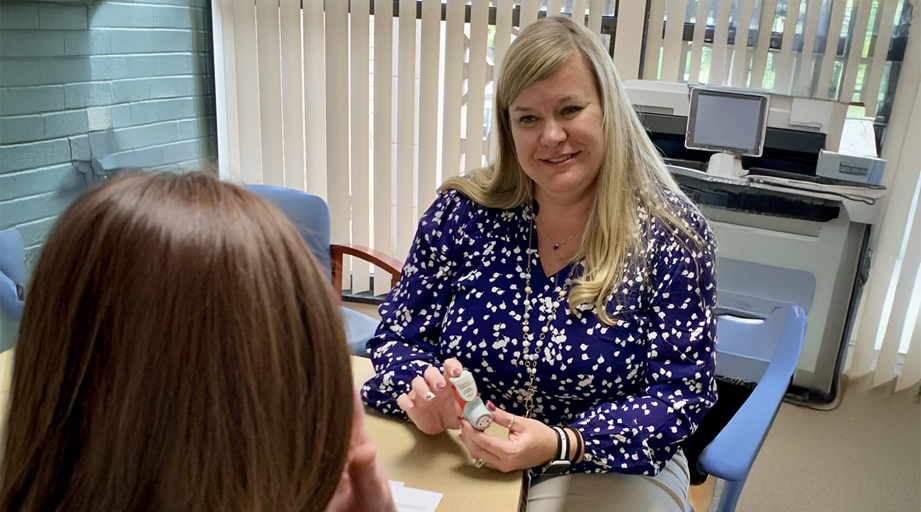
U.S. Army Maj. Ryan Costantino says his job as a military pharmacist provides the best of two worlds.
Costantino spends most of his time working in healthcare data at the Enterprise Intelligence and Data Solutions (EIDS) Program Management Office in San Antonio, Texas. There, he helps clinicians and defense leaders make the best use of patient data collected by the Military Health System.

However, being in the Army also gives him the opportunity to deploy across the globe. He recently returned from a nine-month stint in the Middle East, providing pharmacy services to deployed service members.
“One thing I really enjoy about the Army is that I’m able to move between many different pharmacy settings,” Costantino said. “While my core competencies are related to pharmacy operations, my position (in EIDS) gave me the opportunity to learn about project management, government acquisitions, and how technology can be used to solve, or in some cases, exacerbate problems.
Data science
EIDS, which Costantino joined in 2019, is a program management office that manages a variety of data that can be used to evaluate health services, such as claims, diagnosis codes, and patient reported outcomes, for beneficiaries of the Military Health System. The data can also be used to create capabilities that allow health care professionals to improve warfighter health and decrease administrative burdens.
“Even though the military generally skews young, the data that we generate from all of the healthcare that we deliver is pretty diverse,” he said. “It can include everything from newborns to a retiree. One of the things that’s unique with military data is that in many cases you have data that spans a person’s entire life, which usually is only available in countries with national health systems.”
At EIDS, Costantino serves as a bridge between clinicians and information technology professionals, helping source the right data at the right time to solve problems. For example, in one project, Costantino helped an immunology clinic that identify actionable laboratory values. He was able to locate the data variables they needed and work with developers to add features to an existing patient registry, allowing the clinician to proactively reach out to patients, expedite their referrals, and impact the treatment plans for patients.
“I don’t find the whole idea of, ‘If you build it, they will come,’ to be very true in technology,” Costantino said. “For me, delivering success with technology is less about doing something new or finding a way to incorporate AI and more about understanding a problem and creating something useful.” If you don’t make something that’s useful, or that makes something easier to do than the way they are doing it now, even if you have vision for how it can transform care, it’s never going to scale or get adopted.”
Combining pharmacy and the military
Costantino’s path to pharmacy started at home. In high school, he liked chemistry When his mother suggested pharmacy, he was intrigued. Costantino applied to three pharmacy schools, including the Massachusetts College of Pharmacy in Boston, where he was accepted.
While in college, he became interested in the military after meeting several Army pharmacists. When he first applied, he wasn’t accepted because he had not yet graduated and earned his license.
So, he applied and matched with a postgraduate year 1 (PGY1) pharmacy practice residency at the University of Maryland Medical Center in Baltimore. He then reapplied to the Army and was accepted. After finishing his PGY1, he joined the Army and spent four years as a pharmacist at Winn Army Community Hospital at Fort Stewart in Georgia.
Costantino had always wanted to return to Maryland and completed a postgraduate year 2 (PGY2) in pain and palliative care with Mary Lynn McPherson. But his pharmacy consultant at the time said what the Army really needed was a pharmacist who understood data. Costantino worked with his consultant to find a way to earn a master’s degree in pharmaceutical health service research at the University of Maryland while also completing a PGY2 in pain and palliative care.
“It was a way to do what the Army wanted, and also get something that I wanted,” he said. After completing the master’s program in pharmaceutical health service research, he was sent to the position with EIDS.
Active ASHP member
Along the way, he has benefited from membership in ASHP. A scholarship he received from the ASHP Foundation when graduating from pharmacy school helped cover fees for his pharmacy license. Costantino has served on the ASHP Council on Pharmacy Management and the Section of Pharmacy Informatics and Technology Professional Development Advisory Group and was an alternate at two recent House of Delegates meetings.
In 2022, Constantino won the Albert B. Prescott Pharmacy Leadership Award from the Pharmacy Leadership and Education Institute in recognition of previous efforts optimizing the Department of Defense (DOD) Opioid Registry, which improved a capability to screen and alert clinicians to patients who meet DOD criteria for naloxone. He also was honored for work implementing point-of-care intervention and clinical documentation tools, and for helping create a digital biobank to house and analyze genomic data.
Career advice
The Army has about 160 pharmacists and is an attractive employer, Costantino said. Most Army pharmacists serve as directors of pharmacy at different military treatment facilities, he noted, while others have opportunities to hold specialized roles working on immunizations, doing data science, or managing the acquisition of various medical technologies.
“The Army is a great career opportunity for pharmacists,” he said, adding that it provides pharmacists opportunities to practice and gain management and leadership experience.
The Army, he said, values and invests in education, including by offering pharmacy residency programs as an incentive to join. “I want to raise awareness among pharmacy students that the Army is an option, and it’s a way you can complete residency and not take a huge financial hit because you still get paid your full military salary and benefits while you’re completing it.”








